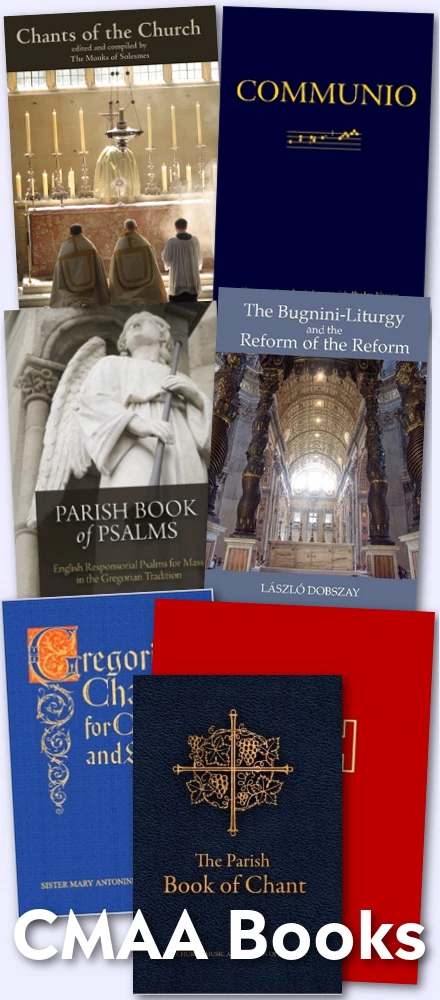What is the first change that musicians can make at Mass that will have the biggest single impact and also prepare the way for the future? Gavin at the MusicsSacra forum suggests: ditch the Great Amen. Substitute in the plain Amen.
As he says:
Nothing in the GIRM, rubrics, or tradition (that I know of) requires the congregation to sing "Amen" more than once at any point in the Mass. Yet today every Catholic pewsitter knows that the IMPORTANT part of the Mass ISN'T the words "This is My Body" but when you have four chords and sing "A-A-MEN, A-A-MEN, A-A-A-MENNNN" and then repeat it. I've even heard catechists say that THAT is the point where the bread becomes the Body. Oh, and the scores for these "Great Amens" always have FFF as the closing dynamic. This HORRIBLY imbalances the Mass!
So when your priest sings "Through him, with him, in him" to the simple tone, just respond on the same note he used as the reciting tone: "Amen." If he uses the solemn tone (with the slurs on some syllables), respond according to the pitch he ends on "A-me-" and then move up a whole tone "-en." It's all so simple, no one can object to it if it's done routinely, and it makes SUCH a difference in how the Mass is perceived by the congregation.
This accords with advice we had printed some years ago: see point 9: Simplify that Mystery of Faith and the Great Amen. "The Amen need not be "great" but rather just two notes."
It's a great first step!




















